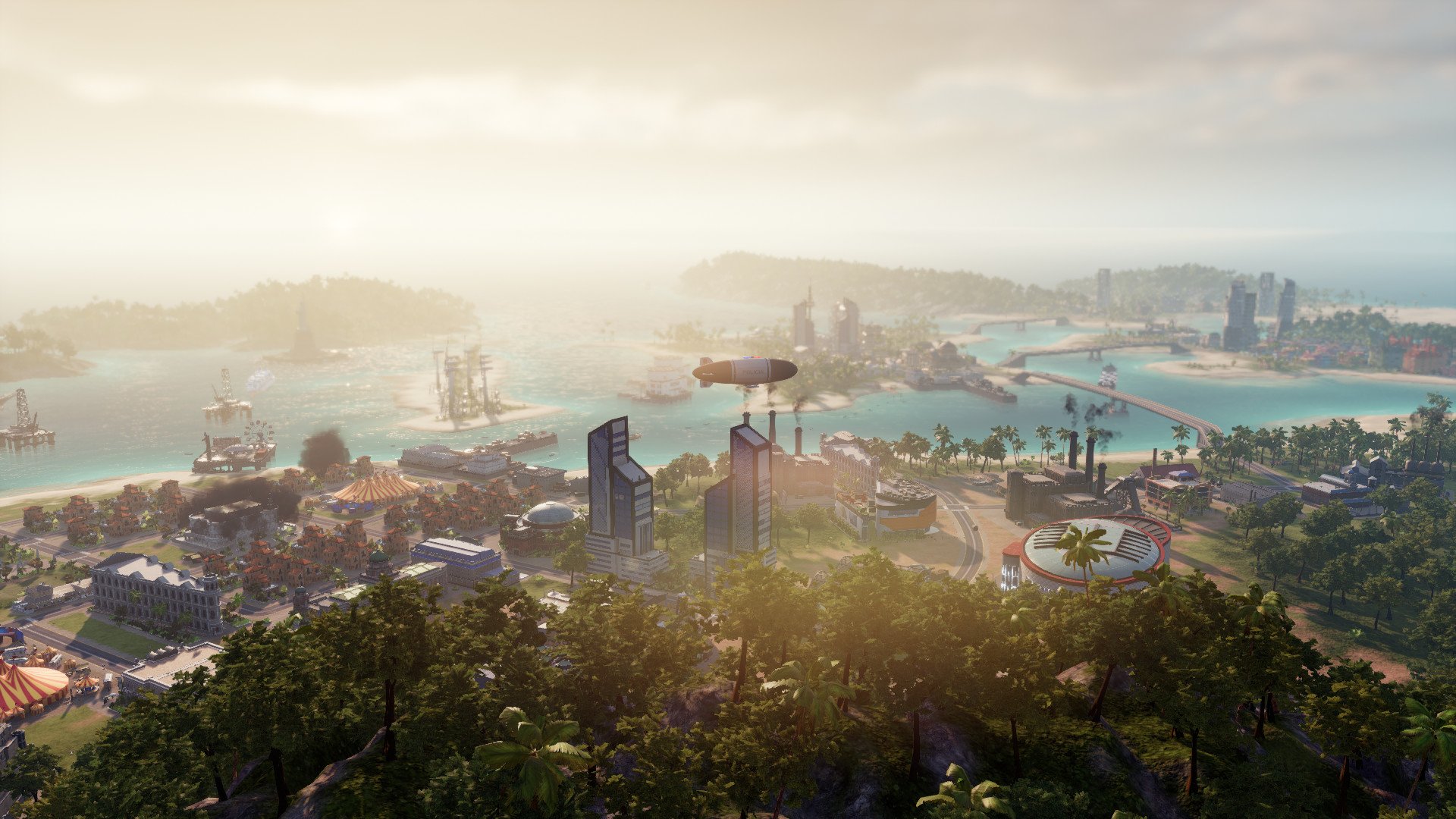
In 1945, shortly after the United States dropped the atomic bomb on Hiroshima and Nagasaki, British writer George Orwell used the term in an essay that explored what the atom bomb meant for international relations. The term “cold war” had existed since the 1930s, when guerre froide was used in France to describe increasingly fraught relationships between European countries. Here’s a look at why it began, how it escalated, its legacy today-and why some analysts think another Cold War is already underway. The Cold War lasted nearly half a century. Though the two nations were technically at peace, the period was characterized by an aggressive and costly arms race bloody proxy wars fought across Latin America, Africa, and Asia and competing bids for world dominance between U.S.-led capitalist governments and the Soviet-led communist bloc. and the U.S.S.R., that lasted until the collapse of the Soviet Union in 1991. What followed was a dangerous struggle for supremacy between two superpowers, the U.S. suddenly had the upper hand among the powers who were allies in the war. With a devastating and proven weapon in its armory, the U.S.

used the atomic bomb to force Japan’s surrender. ( Subscriber exclusive: For Hiroshima's survivors, memories of the bomb are impossible to forget.) had just successfully tested a weapon of “unusual destructive force.” It was a nuclear weapon capable of destroying entire cities, the most dangerous and powerful armament the world had ever seen. President Harry Truman took aside Soviet premier Joseph Stalin to share some explosive news: The U.S. One of the most important moments at Potsdam was not captured in a memo or proclaimed at a press conference. The talks were meant to forge a lasting peace, but within 18 months, a Cold War began that lasted more than four decades. The great powers split Germany into occupation zones, recognized a Soviet-backed government in Poland, and partitioned Vietnam, monumental decisions that shaped the postwar global order.
.png)

As World War II dragged to an end in 1945, the leaders of the “Big Three” allied powers-the United States, Soviet Union, and Great Britain-met in Potsdam, Germany, to hash out terms to conclude the bloodiest conflict the world had ever seen.


 0 kommentar(er)
0 kommentar(er)
